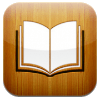What is a Concrete Poem?
Concrete poetry—sometimes also called ‘shape poetry’—is poetry whose visual appearance matches the topic of the poem. The words form shapes which illustrate the poem’s subject as a picture, as well as through their literal meaning.
This type of poetry has been used for thousands of years, since the ancient Greeks began to enhance the meanings of their poetry by arranging their characters in visually pleasing ways back in the 3rd and 2nd Centuries BC.
A famous example is “The Mouse’s Tale” from Lewis Carroll’s Alice’s Adventures in Wonderland. The shape of the poem is a pun on the word tale/tail, as the words follow a long wiggling line getting smaller and smaller and ending in a point.
The name “Concrete Poetry,” however, is from the 1950’s, when a group of Brazilian poets called the Noigandres held an international exhibition of their work, and then developed a “manifesto” to define the style.
The manifesto states that concrete poetry ‘communicates its own structure: structure = content’
There are 2 main ways that this can be achieved…

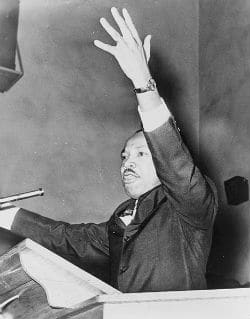
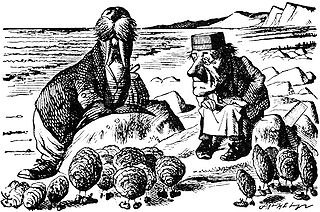
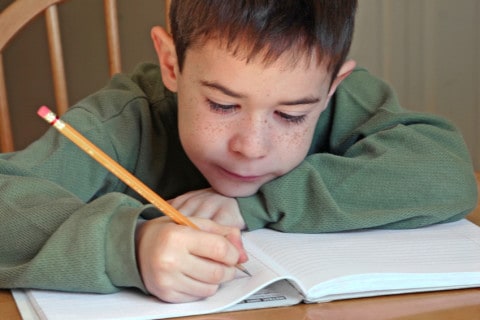 If your child or teen has a burgeoning interest in being a writer, there are many ways to encourage this newfound interest. Here are seven suggestions for supporting the literary urge in young members of your family.
If your child or teen has a burgeoning interest in being a writer, there are many ways to encourage this newfound interest. Here are seven suggestions for supporting the literary urge in young members of your family.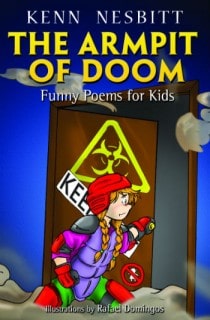 My newest poetry collection,
My newest poetry collection, 

